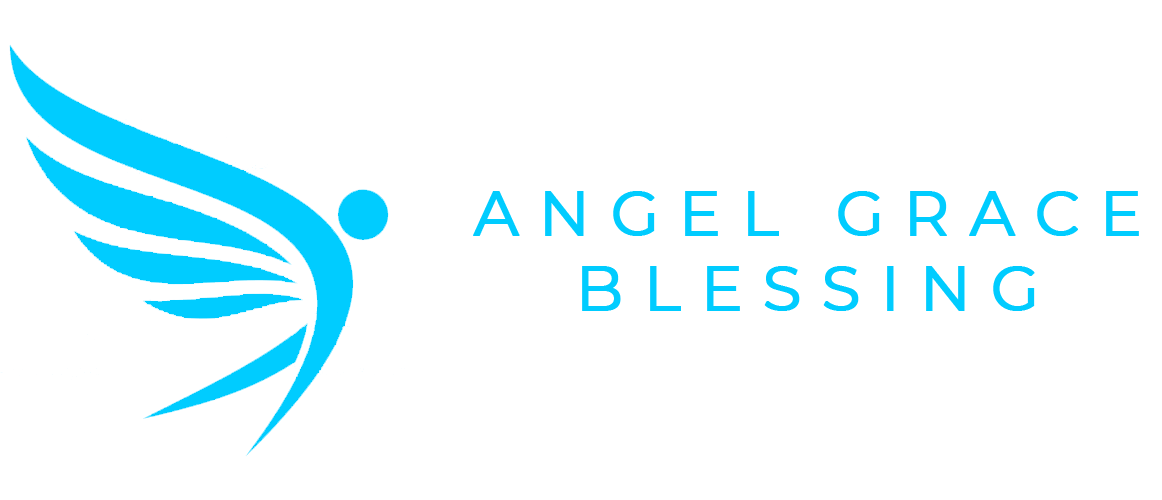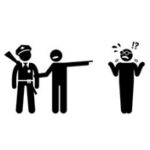“Don't think about making art, just get it done.” – Andy Warhol
In just ten words, Andy Warhol delivered a sledgehammer of truth that artists, writers, entrepreneurs, and creators of all kinds need to hear—again and again.
Because let’s be honest.
How many masterpieces have died inside people’s minds?
How many novels, paintings, songs, startups, inventions, or dream projects never saw the light of day—not because they weren’t good, but because the creator was too busy thinking instead of doing?
This article isn’t just for painters or poets. This is for anyone who has ever stared at a blank page, a white canvas, or an idea on the edge of being born—and hesitated.
Warhol’s quote is a jolt of electricity that strips away the ego, the fear, and the perfectionism that so often paralyze the creative process.
And in a world obsessed with planning, overanalyzing, comparing, and tweaking… his advice feels more necessary than ever.
The Myth of the “Perfect Time”
Let’s start with a dangerous lie:
“I’ll start when I’m ready.”
There is no perfect time. There is no magical alignment of stars when everything falls into place and you feel completely inspired and confident. Waiting for that moment is like waiting for a bus that isn’t coming. You’ll waste your whole life at the station.
The irony is, readiness comes from doing. The more you create, the more confident you become. Confidence isn’t a prerequisite—it’s a result.
Warhol knew this.
He wasn’t concerned with making the “perfect” piece. He was concerned with making a lot of pieces. Fast. Raw. Fearless.
In fact, he once said: “Don’t worry about whether people like it or not. While they’re deciding, make more art.”
Imagine applying that mindset to your goals. What if you weren’t waiting for clarity or applause? What if you just did the thing?
Action Breeds Clarity
When you act, you get feedback. You learn. You adapt. You grow.
When you think too much, you stay stuck in theory.
You can sit on your couch and plan out your dream business for five years. Or you can start a scrappy version today, get your hands dirty, and figure it out as you go.
Thinking is comfortable. It feels productive. But too much of it becomes a trap—especially when it’s tangled up with fear.
And that’s really what it is most of the time, isn’t it?
We’re afraid.
Afraid of failing. Afraid of being judged. Afraid our work won’t be “good enough.” So we tell ourselves we need more time, more research, a better camera, a nicer workspace, the right software, a better portfolio, a mentor, another course, a longer to-do list.
But the cure for fear is action.
The moment you take a step, the fear shrinks. The moment you start creating, clarity shows up. You’re no longer lost in your head—you’re in the process. In flow. In motion.
Perfectionism Is Procrastination in Disguise
One of the biggest barriers to creating is perfectionism.
But here’s the truth: nothing you make will ever be perfect. Even the greatest artists knew this.
Da Vinci famously said, “Art is never finished, only abandoned.”
If that’s good enough for the guy who painted the Mona Lisa, it should be good enough for you.
Warhol didn’t aim for perfection—he aimed for volume, experimentation, and raw expression.
He turned soup cans into icons. He turned everyday images into provocations. And he did it quickly, boldly, unapologetically.
What if you stopped trying to be perfect… and just focused on producing? What if you created without over-editing yourself along the way?
Done is better than perfect.
Your Best Work Is Waiting on the Other Side of Boredom
Not everything you make will be great. But here’s the paradox: you have to make the bad stuff first.
You have to work through the awkward drafts, the weak sketches, the songs that don’t hit, the products that flop.
That’s how greatness is forged—by volume, not by hesitation.
Most people quit too soon. They get discouraged after their first few attempts don’t match the vision in their head.
But here’s the thing:
No one’s early work looks like their final masterpiece. Not yours, not mine, not Warhol’s.
There’s a wonderful concept called “The Creative Gap,” coined by Ira Glass. It refers to the painful space between your taste and your skill. You know what great looks like. You just can’t make it yet.
But the only way to bridge that gap… is to keep going.
Make more. Finish more. Share more.
And yes—some of it will suck. That’s okay.
Bad art is the tuition you pay for brilliance.
You Don’t Need Permission
Too many people wait for someone to tell them they’re an “artist.” As if you need a diploma, a gallery, or a publishing deal to start making something real.
No one is coming to tap you on the shoulder and say, “You’re allowed now.”
Warhol didn’t wait for permission. He made his own scene. His own rules. His own reality.
That’s your job, too.
Make your art. Launch your course. Write your story. Film your documentary. Build your brand.
Don’t wait. Don’t ask. Just do.
The only permission you need is the one you give yourself.
Trust the Process, Not the Praise
When you stop obsessing over how your work will be received, you finally get the freedom to create authentically.
Warhol once said, “Art is what you can get away with.”
In other words, forget trying to impress people.
Create what you love. Follow your curiosity. Chase your own weird ideas. Lean into your own obsessions.
When you make from that place, people can feel it.
And even if they don’t? You’ve already won. Because you made something. You got it done.
Final Words: Make More. Think Less.
If you take nothing else away from this article, take this:
Thinking doesn’t make art. Making makes art.
Next time you feel paralyzed by self-doubt, overthinking, or fear of judgment… stop. Get up. Grab a pen, a brush, a camera, a laptop—whatever your weapon of choice is.
And just start.
Because in the end, greatness doesn’t come from thinking about making something.
It comes from getting it done.






